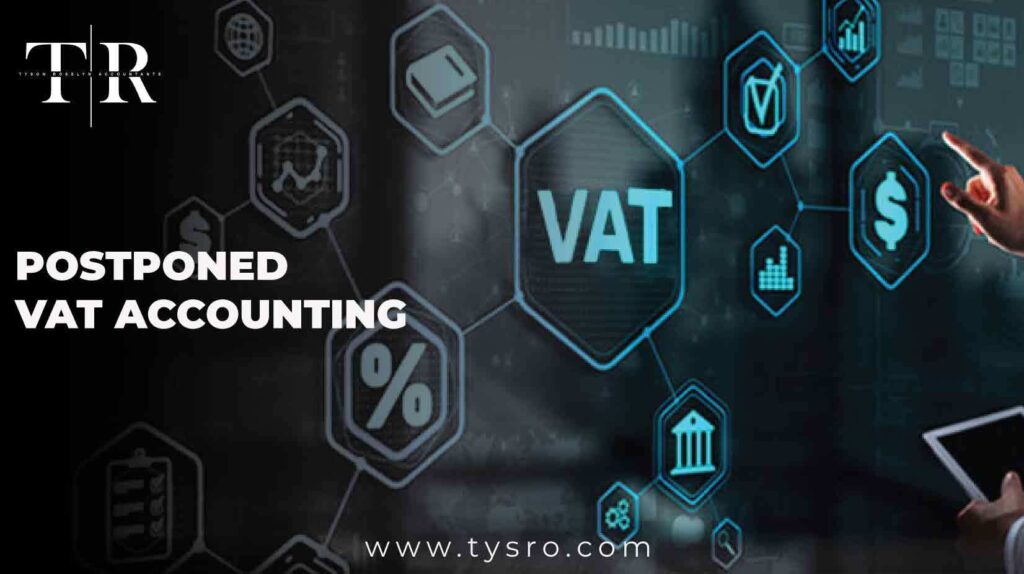Navigating VAT in the UK can be a bit tricky, especially after Brexit. If you’re running a business that imports goods into the UK, you’ve probably heard about Postponed VAT Accounting. But what does it mean, and how can it benefit your business? This guide will break down everything you need to know about postponed VAT accounting, including how to use it, why it’s beneficial, and how it can make managing your VAT payments easier.
What is Postponed VAT Accounting?
Postponed VAT Accounting is a system introduced by the UK government to help businesses manage VAT on imports more efficiently. Before Brexit, businesses had to pay VAT upfront at the time of importing goods, which often created cash flow challenges. With the new system, you can now defer your VAT payment until you file your next VAT return, rather than paying it immediately when the goods enter the UK.
Why Postponed VAT Accounting Matters for Businesses
Imagine running a small retail business and regularly importing products from Europe. Before this system, every time your goods entered the UK, you had to pay VAT upfront. That was a lot of cash tied up, which could have been used for other things like inventory or marketing.
It allows you to reclaim that VAT right away on your next return, meaning you don’t have to pay upfront and then wait months to get it back. This system is particularly useful for businesses trying to maintain a healthy cash flow.
How Does Postponed VAT Accounting Work?
Here’s a step-by-step guide on how you can use postponed VAT accounting:
- Register for VAT in the UK: If you haven’t already, the first step is to ensure that your business is registered for VAT. You can do this on the HMRC website.
- Choose Postponed VAT Accounting When Importing Goods: When your goods arrive in the UK, you’ll have the option to select it on your customs declaration form. This is usually managed through your customs agent or freight forwarder.
- Receive a Monthly Statement from HMRC: Every month, HMRC will provide a Postponed Import VAT Statement. This document outlines the VAT due on all your imports for that month, and it’s essential for your records.
- Account for VAT on Your Next VAT Return: When it’s time to file your VAT return, you will include the import VAT from your statement. You can declare the VAT and reclaim it simultaneously, making it a net-zero cost transaction on your cash flow.
- Keep Records for Audit Purposes: Make sure you keep all relevant records, including your postponed VAT statements, invoices, and customs declarations. HMRC may audit these records, so it’s crucial to have them readily available.
A Real-World Example
Let’s say you own an electronics store in London, and you import gadgets from China. In January, you bring in £10,000 worth of goods. Under the old system, you’d have to pay £2,000 VAT upfront (20% of £10,000). That’s a significant chunk of money out of your pocket immediately.
But with Postponed VAT Accounting, you don’t need to pay that £2,000 right away. Instead, you account for it in your next VAT return. By then, you may have already sold those goods, and you’re in a better position to manage your cash.
Benefits of Postponed VAT Accounting
It offers several benefits, especially for businesses that rely heavily on imports:
- Improved Cash Flow: You don’t need to pay VAT upfront, which frees up money to reinvest in your business.
- Simplified Accounting: The VAT process becomes more straightforward, aligning with your regular VAT returns.
- Reduced Administrative Burden: You won’t need to apply for deferment accounts or pay VAT at the border, reducing paperwork and administrative hassle.
- Better Financial Planning: Since VAT is accounted for on your regular returns, you have better control and predictability over your finances.
Common Misconceptions About Postponed VAT Accounting
Some businesses are hesitant to use postponed VAT accounting because they believe it’s more complicated than the traditional system. However, it’s designed to be user-friendly, and most customs agents are well-versed in processing it.
Another myth is that you can only use it if you have a large turnover. In reality, any UK-registered business can take advantage of it, regardless of size.
Step-by-Step: How to Get Started with Postponed VAT Accounting
Step 1: Register for VAT
Ensure you’re registered for VAT. It’s a straightforward process that you can start on the HMRC official site.
Step 2: Inform Your Customs Agent
When importing goods, let your customs agent know that you want to use postponed VAT accounting. This should be done each time you import.
Step 3: Monitor Your Postponed VAT Statement
Each month, download your postponed VAT statement from the Government Gateway. It’s essential to keep this record for your VAT return.
Step 4: File Your VAT Return
Include the VAT amounts from your postponed VAT statement in your next VAT return. The VAT due and the VAT reclaimable will offset each other, so there’s no cash impact on your business.
Step 5: Keep Accurate Records
Maintain a proper filing system for all your statements, declarations, and related documents. This will help if HMRC conducts an audit.
Convincing Reasons to Adopt Postponed VAT Accounting Today
If you’re still on the fence, consider this: Adopting postponed VAT Accounting could transform how you manage your business finances. The immediate cash flow benefits alone are worth exploring, and the simplified process can save time and reduce stress.
For example, if your business regularly faces cash crunches due to upfront VAT payments, this system could be the relief you’ve been looking for. The setup is easy, the rules are straightforward, and most importantly, it aligns perfectly with how modern businesses operate post-Brexit.
Conclusion:
Postponed VAT Accounting is more than just a tax adjustment; it’s a strategic move that can improve your business’s financial health. By allowing you to account for VAT on your return rather than at the time of import, you get the breathing space needed to focus on growing your business.


